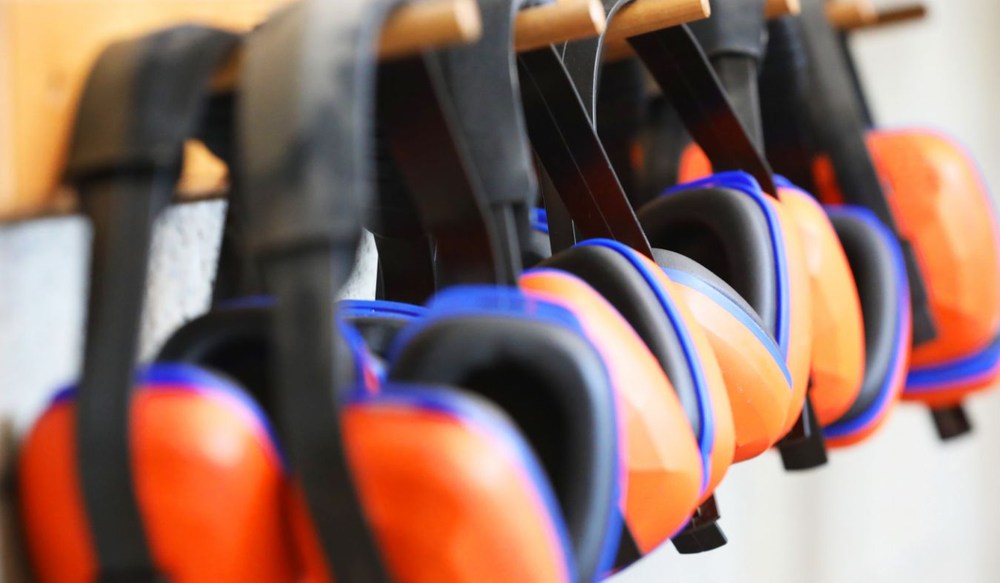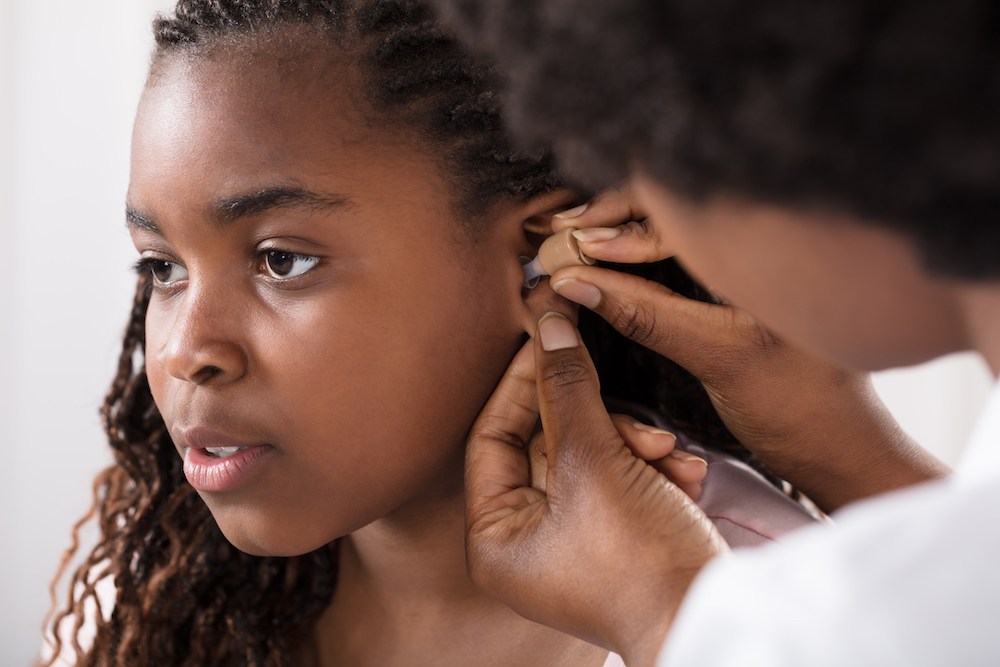What Young Adults Should Know About Hearing Protection
Hearing protection might not be something most young adults think about,
We’re Hiring! Click Here to Learn More About Our Career Opportunities →

You only get one pair of ears or one pair of eardrums we should say, which is why when it comes to your hearing, it’s essential that you take care of it properly. Wearing hearing protection can mean the difference between being able to hear all of those lovely every day sounds like the birds singing, and not being able to hear properly.
Being exposed to potentially hearing damaging noise once in a while for a brief amount of time shouldn’t do you any harm, such as walking past a workman using a drill on the street. But if you work in an environment where it’s extremely loud or do a hobby that puts you into contact with a lot of amplified noises, then you should consider wearing ear protection.
Of course, deciding to wear hearing protection is the easy part – it’s choosing what hearing protection to purchase that is the tricky part. To help make this process a little easier for you, below are four tips that should make it far easier for you to select the right hearing protection.
This is crucial. If you are going to protect your hearing from being damaged by loud noises, you need to know the sound of what you are hearing so that you can purchase the right protection. What you need to know is the decibel (dB) level of the noise that you are hearing – this might sound complex but the noises of most common things, such as workers tools, are easy to find online.
Experts recommend that the noise level under the ear protection should be under 85 dB. So you take away 85 dB from the noise level dB to find out the level of protection required – pretty simple, right? Say you use a drill with a dB level of 110 dB and the recommended sound level under the ear protection should be 85 dB. Therefore an earmuff with protection of at least 25 dB is required.
When it comes to choosing an earmuff, you must also determine how long you will be exposed to the noise for. Ear protection is based on an eight-hour working day, so therefore if you will be exposed for less time, you could lower the protection level. Or, if you will be exposed for longer, you may need to increase the protection level.
Depending on the role that you work in, you need to consider what you need to be able to hear around you. Think about whether you are working in a potentially dangerous environment and need to be able to hear alarms and announcements.
Consider whether you can hear co-workers when wearing a certain level of earmuff protection. If you already have hearing problems, then you may find it even harder to hear properly when wearing ear protection and may need to discuss how you can stay safe while working with a hearing problem wearing ear protection.
Ear protection comes in a range of styles; each is designed to fit a different need. For instance, some jobs require that workers wear hard hats as well as ear protection, which means that you would need to find ear protection that is built into a hard hat. You can get these types of hats that allow for different levels of ear protection to be added to them when necessary, which is a great feature to have.
There you have it, everything that you need to know about selecting ear protection.

Hearing protection might not be something most young adults think about,

Hearing loss usually starts gradually, making it hard to notice right

Choosing the right hearing aid for your needs is about more than just